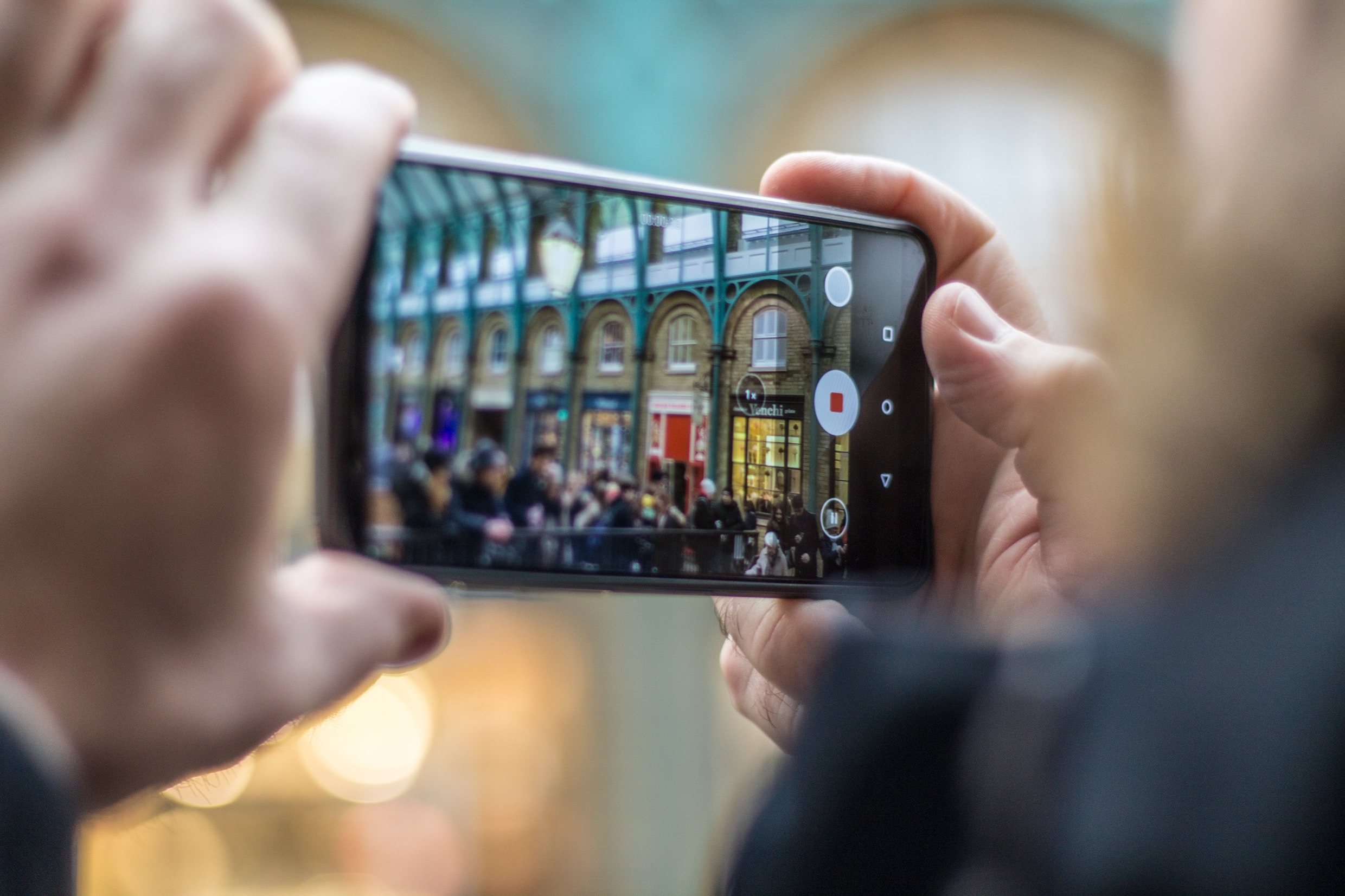Okay, so Image stabilizations. That’s the topic this time. You see image stabilization is just another camera feature that simplifies your camera experience by capturing more stable images. How it does that? You know the shaky thing that your smartphone’s camera does sometimes, especially when you’re moving or running. Image stabilization helps reduce that to a more stable level. That’s all isn’t it; perhaps not…
Also See: What is Jailbreaking? Is Jailbreaking Legal or Illegal?
IS or image stabilization is a technique used by camera manufacturers to the camera lens firm while capturing any photo. This procedure is typically done by a camera hardware that is intentionally installed to move the lens to an opposite angle of the smartphone movement, in order to achieve the stable shot. Now, implementing this kind of hardware is typically expensive for budget-oriented smartphone and that is when the concept of EIS and AIS kicks in.
What is Electronic Image stabilization?

What is Optical Image Stabilization?

What is Artificial Image stabilization?

An Argument
Some might say that an OIS is better than EIS but in theory OIS system do not respond as quickly as EIS because the hardware has to be physically moved, but on the other hand EIS system are also not reliable since they have to hugely rely on the smartphone’s performance, which lacks in the budget segment devices. AI stabilization seems to be a good option but they are only available in selected high-end smartphones. As far as I can see now, OIS and EIS together deliver a spectacular performance but if you’re privileged enough then OIS, EIS and AIS together can be a boon.

